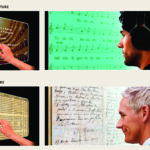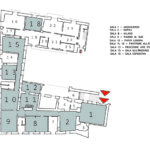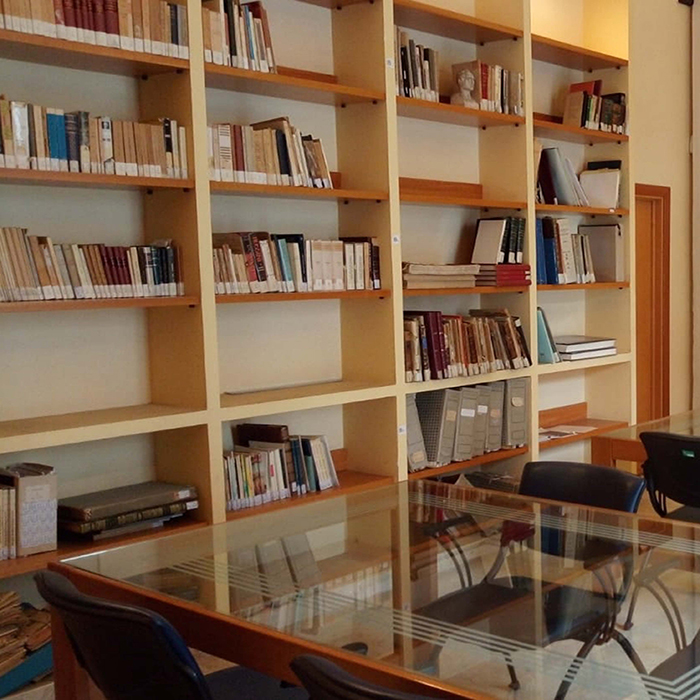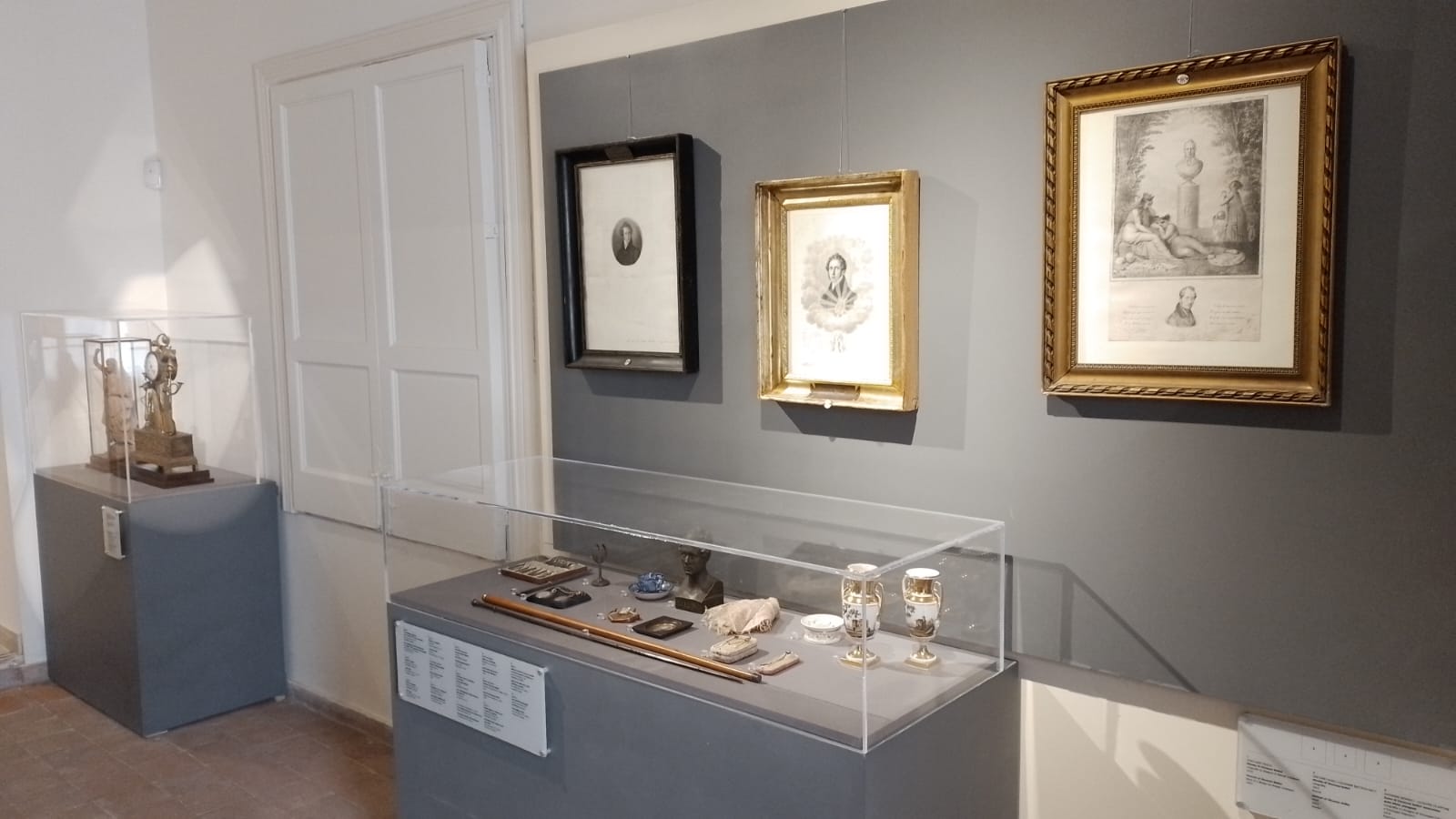The Virtual Museum of Music BellinInRete aims at refunctionalizing the spaces of the Museo Civico Belliniano through the adoption of communicative strategies that exploit digital technologies: it therefore focuses on a very broad use of information, based on the simultaneous use of texts-sounds-images in digital format and a scenographic and multimedia setting of the artistic and biographical story of Vincenzo Bellini.
The Virtual Museum is located in several rooms of the Bellini Museum (formerly the Emilio Greco Museum), on the main floor of the ancient Palazzo Gravina Cruyllas, and is intended to narrate the main stages in the life of one of the greatest opera composers of the 19th century.
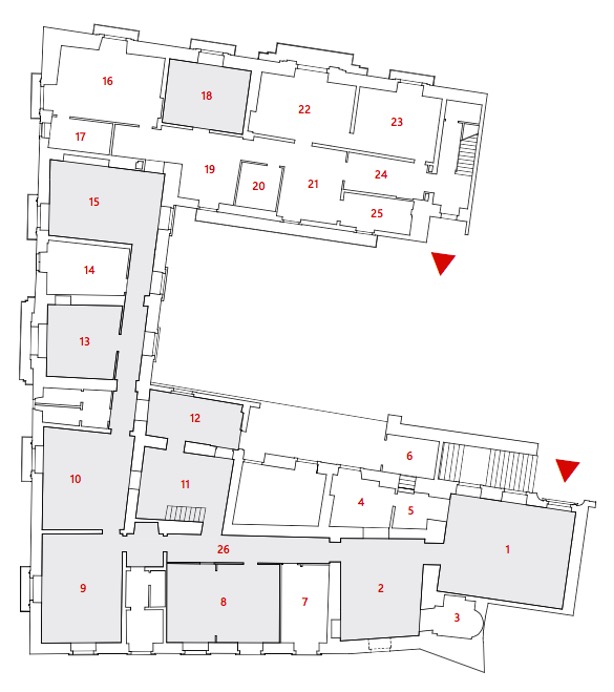
Find out more about the Bellini Museum
Casa natale
La casa natale di Bellini cominciò ad essere oggetto di interesse culturale e turistico già a partire dal 1871, epoca a cui risale il medaglione ad alto rilievo
Vincenzo Bellini
Primogenito di una modesta famiglia di musicisti d’origine abruzzese, Vincenzo Bellini vide la luce a Catania il 3 novembre 1801, da Rosario Bellini e Agata Ferlito.
Biblioteca
Oltre ad una sezione dedicata esclusivamente all’esposizione dei manoscritti musicali autografi di Vincenzo Bellini, la parte e più rara e pregiata del patrimonio museale
Patrimonio del museo
La collezione storico-artistica del Museo Civico Belliniano è una raccolta eterogenea comprendente opere e oggetti legati o appartenuti al complesso delle vicende e delle esperienze che il compositore visse nelle...
The title of the museum itinerary, A Life in Four Acts, accompanies the visitor through Bellini’s entire human and artistic life, from the period of his youth in Catania, to his studies in Naples, to his work experiences in the music capitals of Milan, Venice, London and Paris, not forgetting the composer’s return to Sicily in 1832.
The narrative is entrusted to audiovisual technologies, set in scenic frames that evoke the various environments of the theatres of the time: as in rooms 2, 8, 9 and 10, which recall the environments of the stage, stalls, boxes and foyer. The other four complementary rooms (1, 11-12, 13, 18) are dedicated to archive video images and displays of objects, documents, letters and scores.




